Activism
/
August 8, 2024
Recent skirmishes signal the growing confidence of Amazon workers, demonstrating that withdrawal of labor can force even the most powerful company in the world into concessions.
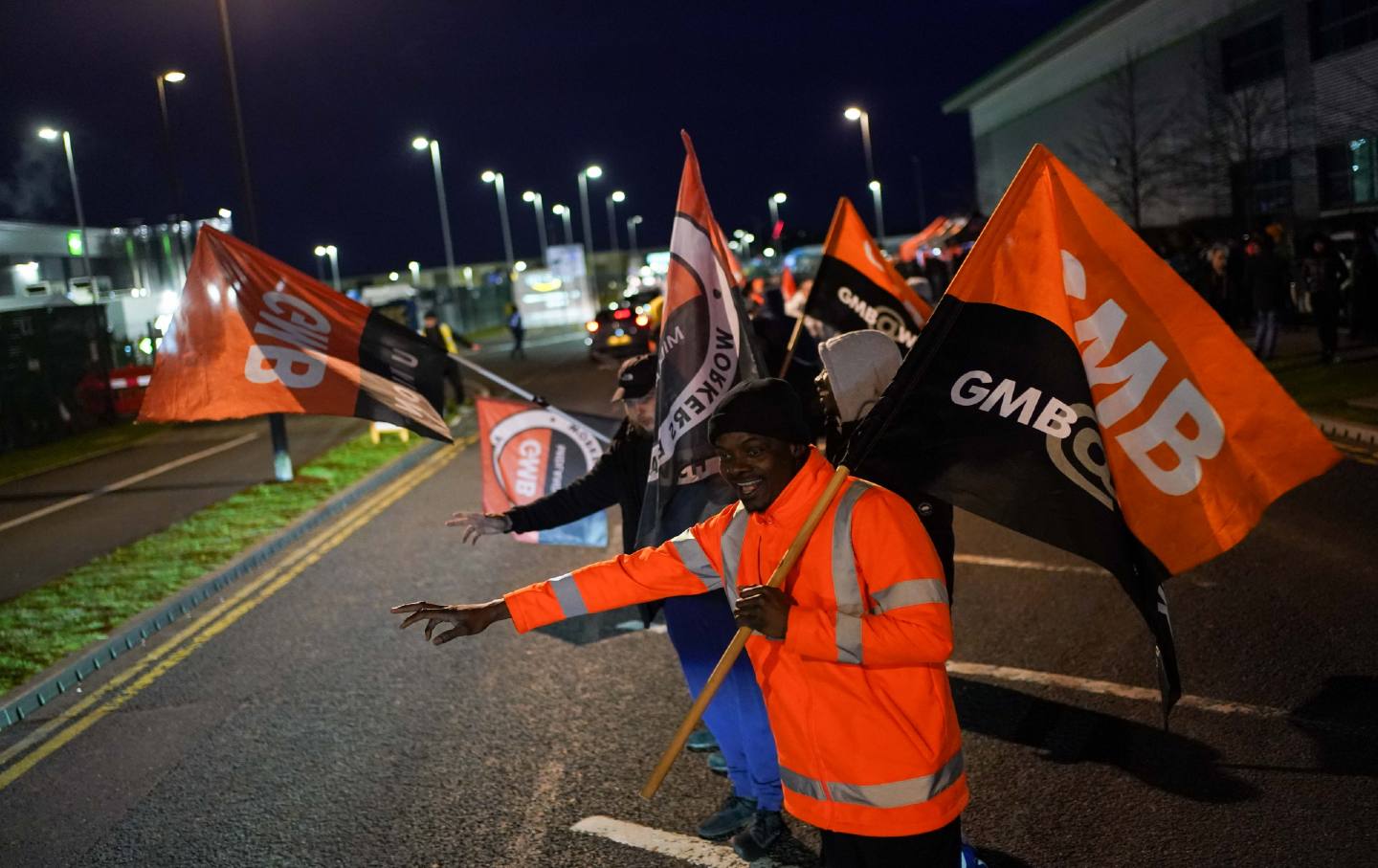
Big movements need bold demands.
A dozen years ago, some 200 New York City fast-food workers sparked a movement when they first hoisted picket signs demanding “$15/hour and a union.” The New York State minimum wage was then $7.25 an hour, and mainstream political pundits and the media dismissed the idea of 100 percent wage increases as absurd. Yet that bold demand electrified workers, sparking a movement that in the last decade has won $15 wages—and more—for more than 26 million low-wage workers, including those pioneering New York workers. And where the Fight for $15 was married to serious union organizing (such as at SeaTac Airport in Washington State), wage campaigns led to unions and contracts.
Today, workers at Amazon need a similar bold demand to build the kind of movement necessary to beat Jeff Bezos and the billionaires. And in warehouses around the country, many workers already are coalescing around one: A $30-an-hour starting wage for the lowest paid US Amazon worker. Workers outside the US, too, have begun raising bold wage demands at Amazon, whose shareholders reaped a mind-boggling $30.4 billion in net profits last year alone, and recently reported second-quarter profits of $13.5 billion—nearly double the previous year.
Just imagine what’s possible if that $30-an-hour starting wage demand—and its equivalent outside the US—becomes the unifying rally cry of Amazon’s 2.8 million workers and contractors worldwide, backed up by labor movement resources and a good portion of the company’s 200 million Amazon Prime subscribers.
Among the myriad challenges facing the US labor movement—and, indeed, the global labor movement—none is bigger or more important than organizing Amazon.
What began a generation ago as an upstart Internet bookseller is today a global e-commerce, cloud computing, and content-streaming tech giant, expanding into every nook and cranny of the world economy.
Current Issue
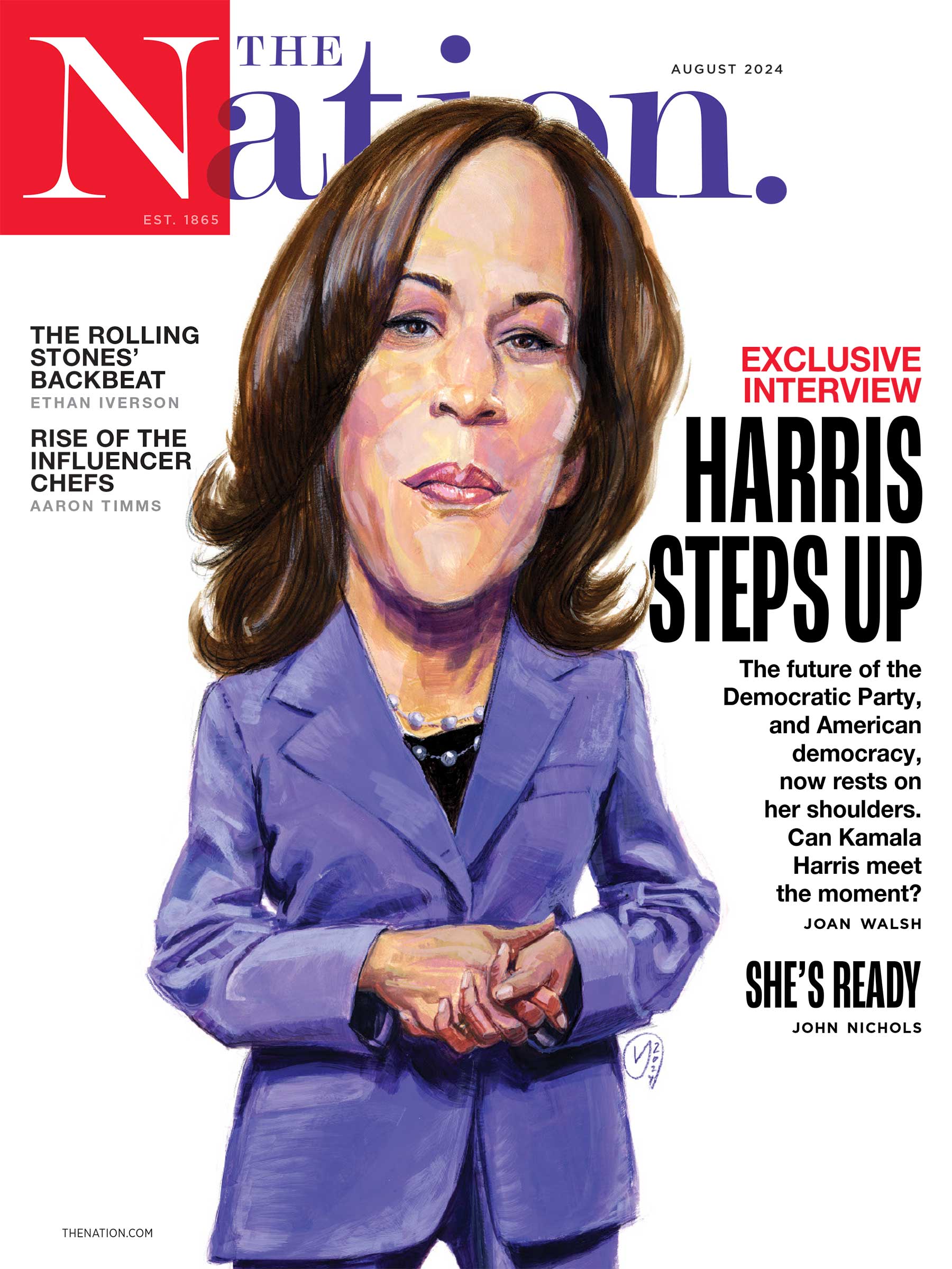
Amazon just surpassed UPS in parcel business, and it’s poised to pass the US Postal Service, currently number one in parcel shipping, in the coming years; it dominates the lucrative cloud computing sector; and it has tens of billions in cash to expand into virtually any sector of the economy its executives fancy, from home security to food shopping. Nothing is off limits. Later this year, shoppers will be able arrange financing and purchase cars directly through Amazon. If Amazon were a country, its market capitalization would make it bigger than the economies of all but 12 nations in the world.
Unionized logistics workers have fought hard to secure better pay and benefits in bargaining, most recently with last summer’s UPS contract fight. But unless the labor movement mounts a herculean effort to help Amazon workers win, then workers throughout the logistics sector and beyond—everywhere that Amazon can reach—will face an accelerating economic race to the bottom. What does that bleak future look like? A University of Illinois survey this spring found that a majority of US Amazon warehouse workers were food insecure. Nearly half reported being housing insecure. The same proportion of workers reported having no emergency savings.
For years, US labor leaders dithered while Amazon grew by leaps and bounds. Amazon has 2,843 warehouses and delivery stations in the US, but you can count on your fingers the number of serious union recognition campaigns at those sites. The Retail, Wholesale, and Department Store Union famously took a run at organizing workers in Bessemer, Alabama, in 2021, but failed to build a strong enough organizing committee and consequently lost two union representation elections.
Lacking institutional support, Amazon workers began organizing into independent formations like Amazonians United, a loose national network of warehouse and delivery workers, and Carolina Amazonians United for Solidarity and Empowerment (CAUSE). These groups staged local workplace actions, including small-scale strikes, and have wrested concessions from the company on safety and pay. Workers at Amazon’s massive JFK8 warehouse on Staten Island, organizing independently as Amazon Labor Union, won their union representation election in April 2022 but have since failed to get Amazon to bargain; the fledgling union also led two failed campaigns at nearby warehouses.
The previous lack of a coherent US organizing center may be about to change. Last month, the JFK8 workers voted to bring their independent union into the 1.3 million member International Brotherhood of Teamsters. An emerging caucus of JFK8 rank-and-file workers just swept into union leadership and is pushing for revitalized shop floor organizing and a national Amazon union drive.
Two months before the JFK8 vote, workers at Amazon’s massive KCVG air hub in northern Kentucky, who had been organizing as an independent union, also voted to join the Teamsters (disclosure: I have been assisting the KCVG Amazon workers.). With those two affiliation votes, the campaigns at Amazon’s largest air cargo center and single largest warehouse are now under the same Teamster organizing umbrella. Additionally, workers at numerous delivery stations across the country have been organizing with the Teamsters. Workers at two stations—in Southern California, and outside of Chicago—are now waging union recognition strikes against the company. Independent Amazon worker groups, seeing this movement, are gravitating toward the Teamsters as well. To build industrial union power, that makes eminent sense: The Teamsters union includes hundreds of thousands of workers at UPS, DHL, and other logistics firms. Its new president, Sean O’Brien, has pledged millions for Amazon organizing.
Notably, many of these grassroots campaigns gained steam in the last three years as workers picked up the $30 banner: The demand was a centerpiece of the initial organizing at JFK8; $30 was the driving force launching the KCVG air cargo campaign; it’s a cornerstone CAUSE demand; and it also has played a central role in the delivery driver organizing. Labor leaders and strategists take note: The workers are onto something with this bold $30 demand.
Popular
“swipe left below to view more authors”Swipe →
Beyond the United States, Amazon organizing is percolating but not yet exploding. In May, 200 Amazon warehouse workers outside Montreal organized and won official union certification under Quebec’s relatively civilized labor laws. Their union, Confédération des Syndicats Nationaux, is demanding bargaining; not surprisingly, Amazon has refused to come to the table and is filing legal objections—a reprise of its JFK8 strategy.
Workers in Coventry England fell painfully short in their recent union representation election, losing by just 1 percent of 2,600 ballots. Members of the GMB Union, they have struck repeatedly over the last year and a half, forcing wage concessions from Amazon. They were the first Amazonians in England to advance a campaign as far as an election and have vowed to fight on.
In Germany, where the law requires recognition of works councils—essentially labor-management committees—Amazon workers at a number of sites have forced the company to confer and even negotiate over work hours, discipline, and safety issues. The works council model falls short of full collective bargaining, but it’s an important foot in the door for building shop floor power.
Rank-and-file workers globally, organizing through the Amazon Workers International (AWI) network, have been organizing and coordinating strikes and other workplace actions in Germany, Poland, Italy, and elsewhere. AWI is loosely organized but an important grassroots link in the bigger fight.
In India, workers in the Amazon India Workers Association (AIWA) have been fighting back against unimaginable warehouse working conditions—temperatures well over 100 degrees Fahrenheit and workers instructed by management to pledge to not take any bathroom or water breaks until they had finished unloading trucks. According to a study just published by UNI Global Union, which is assisting AIWA’s organizing, 80 percent of Indian warehouse workers cite crushing productivity demands, nearly half consider the workplace unsafe, and one in five Indian delivery drivers reports being injured on the job—about the same appalling injury rate reported by their American counterparts.
The Indian Amazon workers also have flexed their strike muscles, with a 24-hour national walkout by delivery drivers in 2021. A weeklong sit-in last year by 700 laid-off warehouse workers secured substantial severance pay.
As with their American compatriots, the Indian workers have their own bold pay demand: a 150 percent increase in minimum warehouse wages, to 25,000 rupees a month.
Back in the United States, workers also are testing power through direct action. After onsite protests by air cargo workers in San Bernardino, Amazon agreed to heat breaks, cooling and water stations, and other safety protections for workers laboring under the brutal Southern California sun. Likewise, KCVG air cargo workers protested the lack of functioning air-conditioning in Amazon’s vans—vehicles they must sit in while waiting on the blacktop tarmac for planes and cargo to arrive. Amazon relented and brought in vans with functioning AC. KCVG workers also staged multiple marches on the boss, forcing Amazon to convert hundreds of workers from seasonal status—without benefits—to permanent status, with vacation and healthcare benefits.
The most recent Amazon Prime Week saw the biggest disruptive job actions yet in the US. Some 130 workers at the San Bernardino air hub staged a one-day unfair labor practice strike, delaying thousands of packages. Workers at the KCVG air hub struck for part of a day over unfair labor practices, forcing Amazon to reroute planes. Both job actions were Teamster-led. Striking Teamster delivery drivers from Chicago extended their picket lines to Atlanta and New York warehouses.
These skirmishes signal the growing boldness and confidence of workers. None of them, of course—not even the strikes to date—come close to tipping the balance of power permanently. Yet they represent important proofs of concept, demonstrations that no matter how omnipotent Amazon may appear to be, it’s the sweat of the workers that generates Amazon’s profits, and the collective withdrawal of labor can disrupt and force even the most powerful company in the world into concessions.
Labor’s challenge is to take those lessons and scale them up by several orders of magnitude. That will require an unprecedented commitment of resources, disciplined and sustained organizing that builds true worker power and resists shortcuts, and big ideas to inspire workers to move past fear and into action. In the United States, the workers’ $30 demand is an important starting point.
Can we count on you?
In the coming election, the fate of our democracy and fundamental civil rights are on the ballot. The conservative architects of Project 2025 are scheming to institutionalize Donald Trump’s authoritarian vision across all levels of government if he should win.
We’ve already seen events that fill us with both dread and cautious optimism—throughout it all, The Nation has been a bulwark against misinformation and an advocate for bold, principled perspectives. Our dedicated writers have sat down with Kamala Harris and Bernie Sanders for interviews, unpacked the shallow right-wing populist appeals of J.D. Vance, and debated the pathway for a Democratic victory in November.
Stories like these and the one you just read are vital at this critical juncture in our country’s history. Now more than ever, we need clear-eyed and deeply reported independent journalism to make sense of the headlines and sort fact from fiction. Donate today and join our 160-year legacy of speaking truth to power and uplifting the voices of grassroots advocates.
Throughout 2024 and what is likely the defining election of our lifetimes, we need your support to continue publishing the insightful journalism you rely on.
Thank you,
The Editors of The Nation
More from The Nation
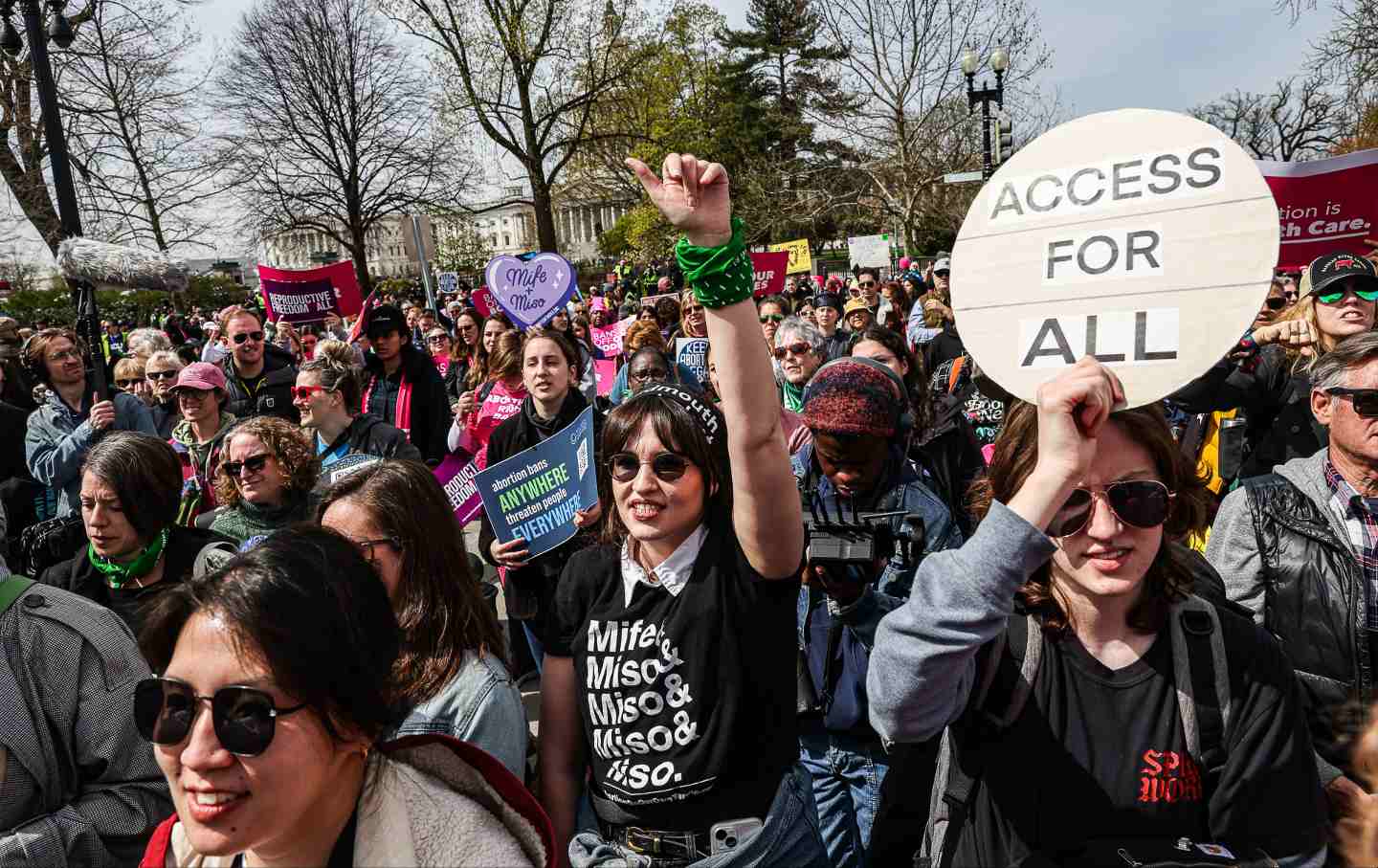
There is an alarming disconnect between the agenda of our most powerful organizations and the real needs of abortion seekers and providers on the ground.
Chelsea Williams-Diggs et. al
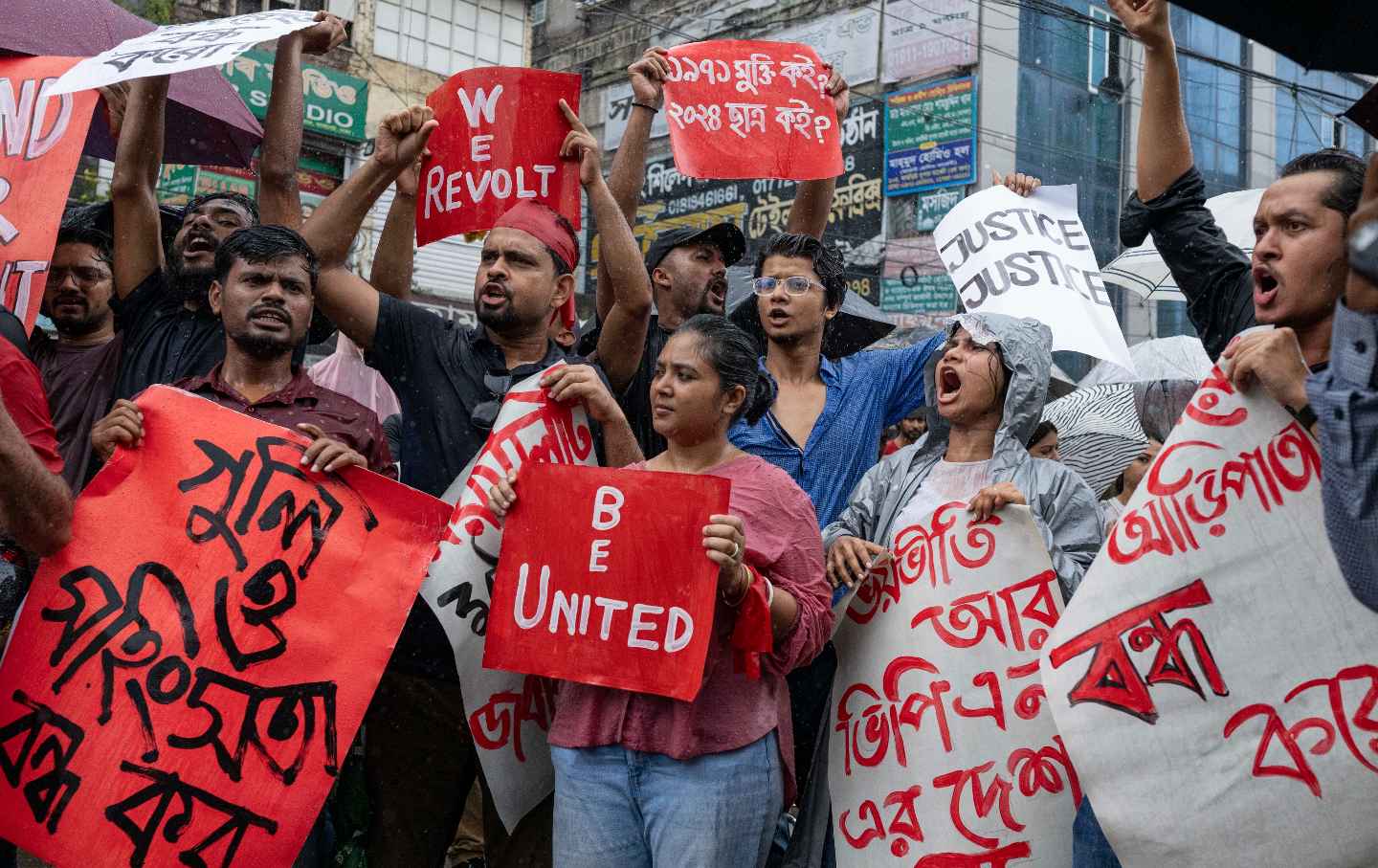
Over 200 have reportedly been killed and around 3,000 arrested during the Bangladesh student protests. As the movement continues, we spoke to young people in both the US and Dhaka…
StudentNation
/
Aina Marzia

Say their names. Homage to Femicide Victims, Barcelona street Art, 2024.
OppArt
/
Andrea Arroyo
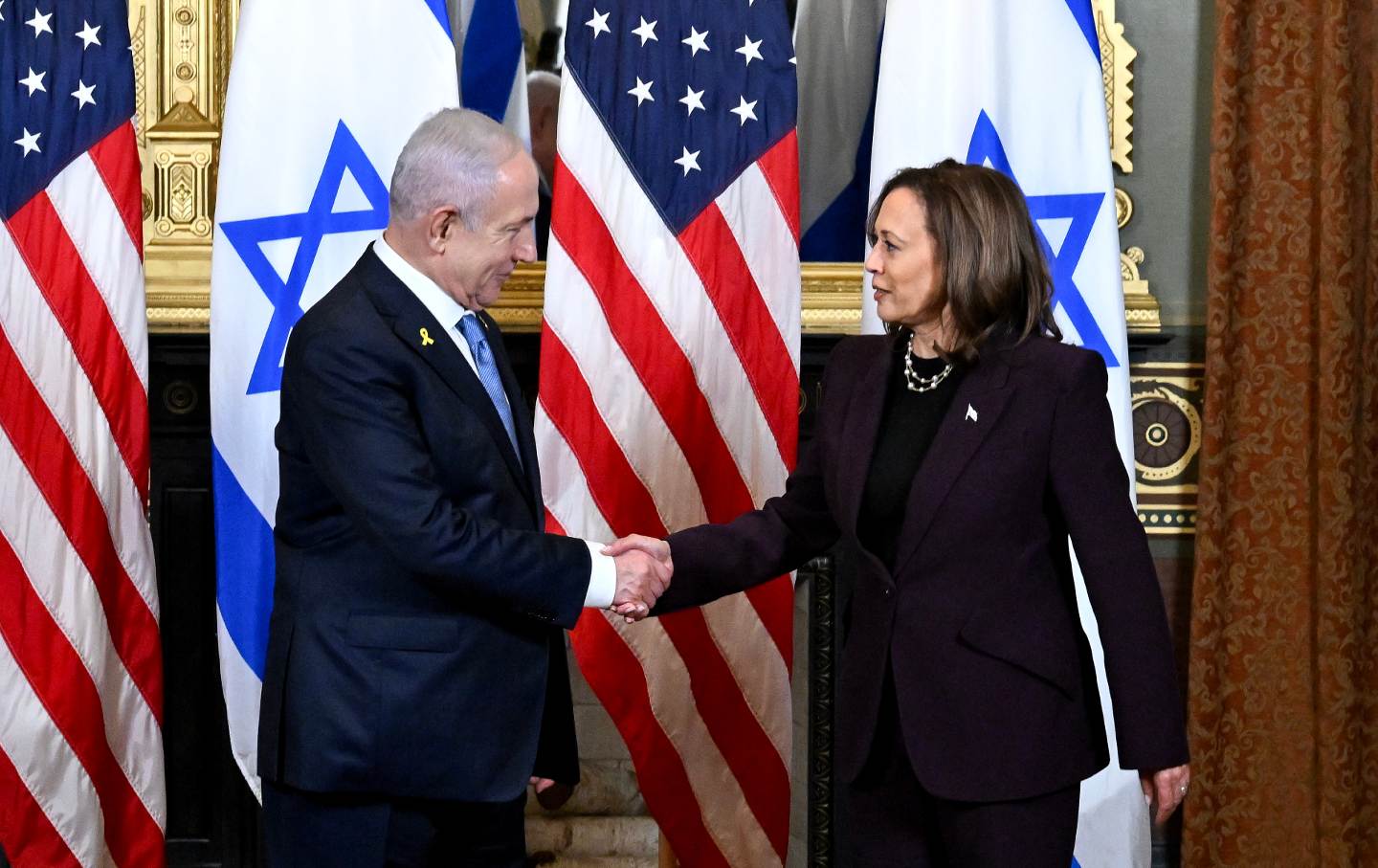
The vice president’s ascension provides an opening for a new approach to the horror in Palestine. But it won’t happen without sustained political pressure.
Y.L. Al-Sheikh and Nickan Fayyazi
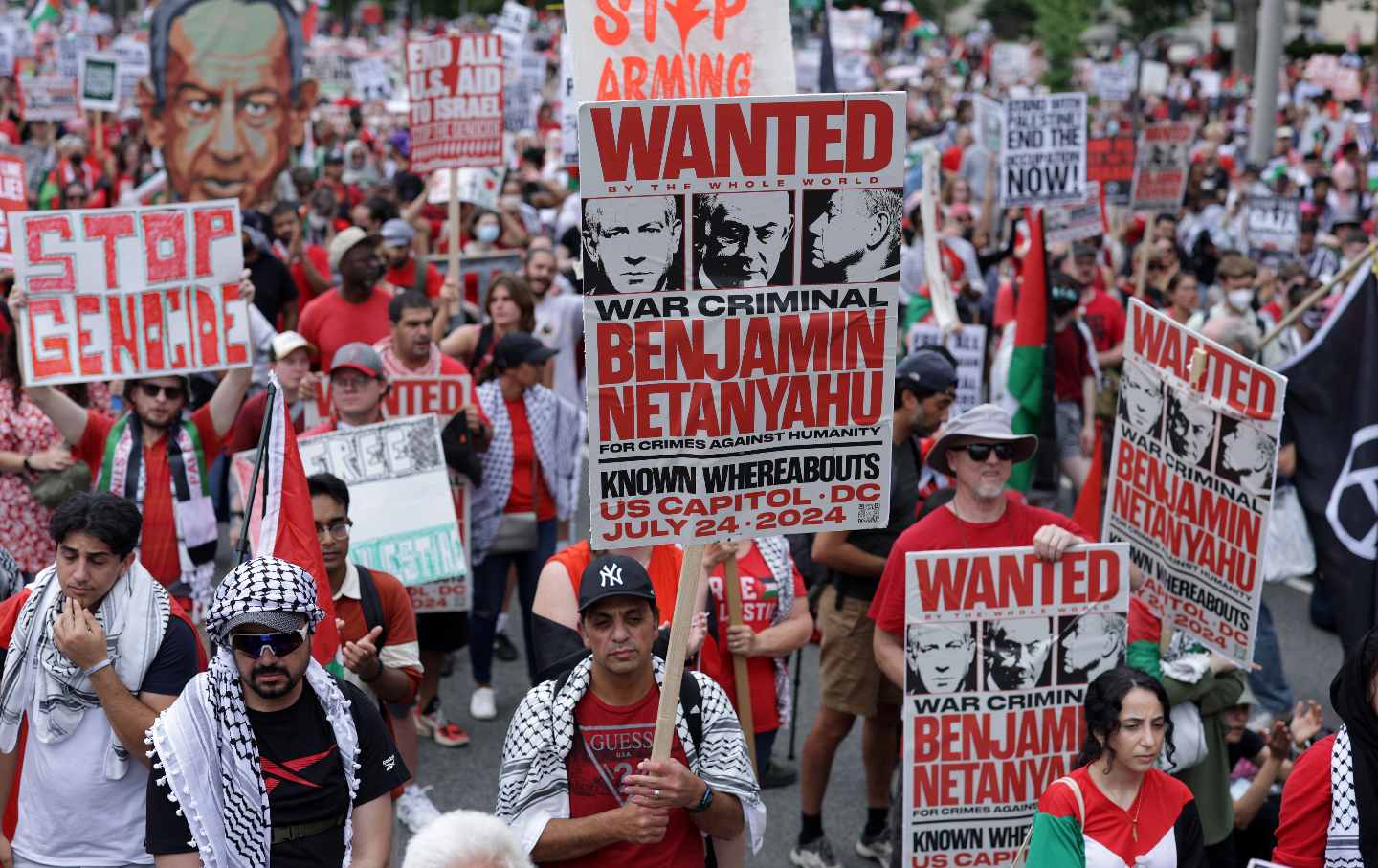
The Israeli prime minister rebuked criticism during his speech to Congress, but not without protests from lawmakers, staff, congressional interns, and thousands of others.
StudentNation
/
Owen Dahlkamp
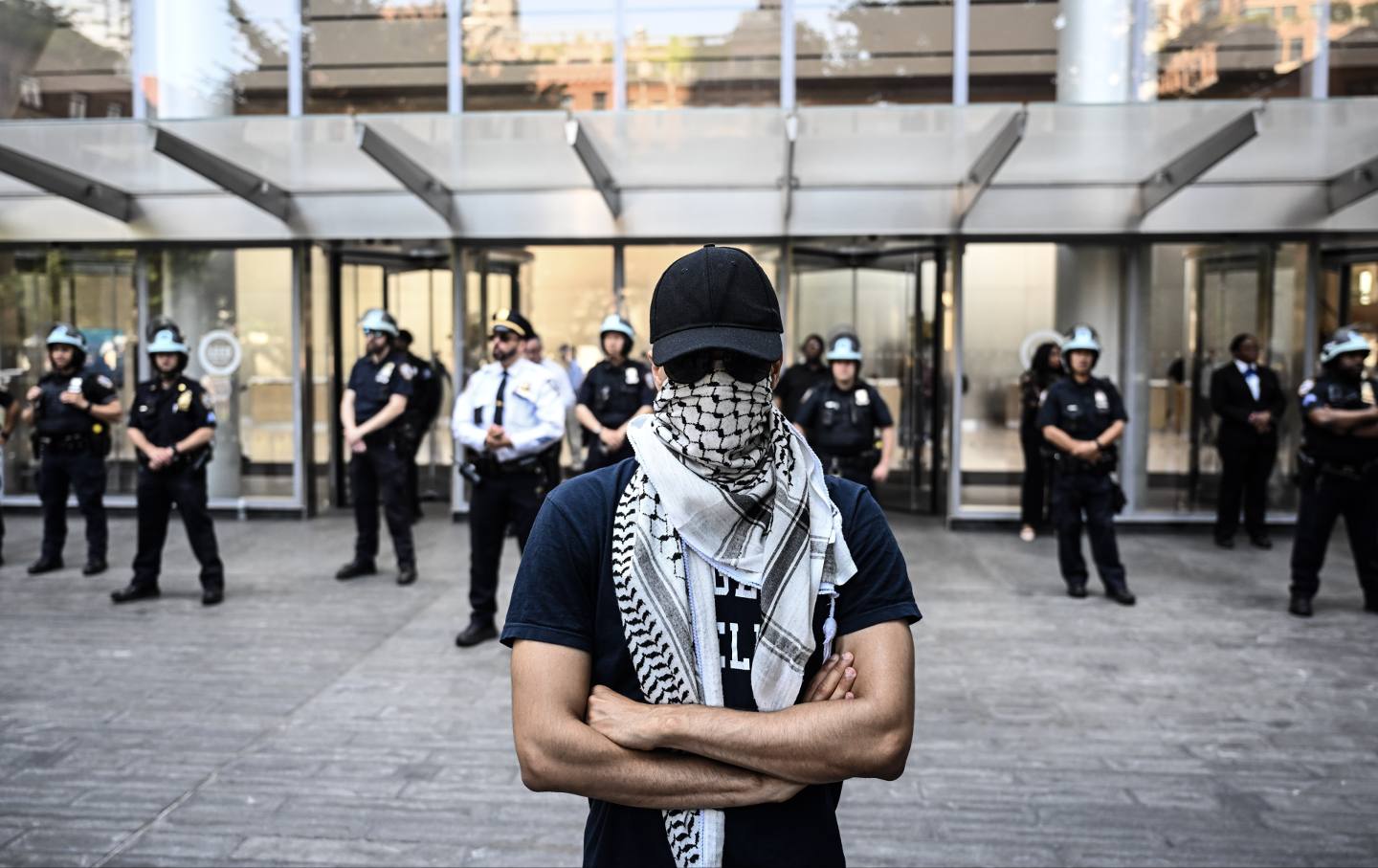
The iconic Palestinian scarf has been demonized as a symbol of Nazi-like hatred. This bigoted nonsense couldn’t be further from the truth.
Samaa Khullar

Felecia Phillips Ollie DD (h.c.) is the inspiring leader and founder of The Equality Network LLC (TEN). With a background in coaching, travel, and a career in news, Felecia brings a unique perspective to promoting diversity and inclusion. Holding a Bachelor’s Degree in English/Communications, she is passionate about creating a more inclusive future. From graduating from Mississippi Valley State University to leading initiatives like the Washington State Department of Ecology’s Equal Employment Opportunity Program, Felecia is dedicated to making a positive impact. Join her journey on our blog as she shares insights and leads the charge for equity through The Equality Network.




